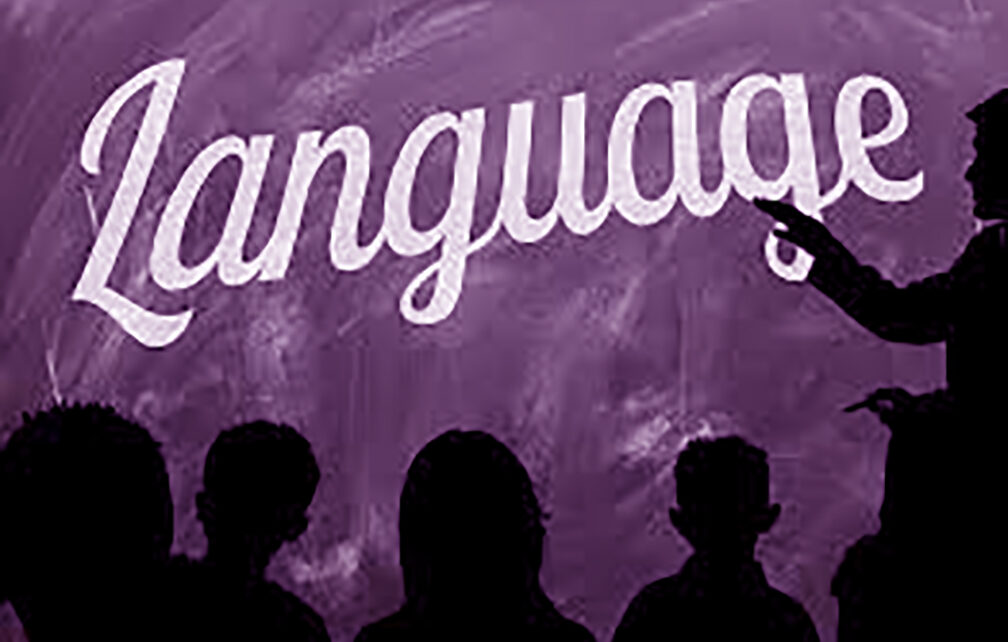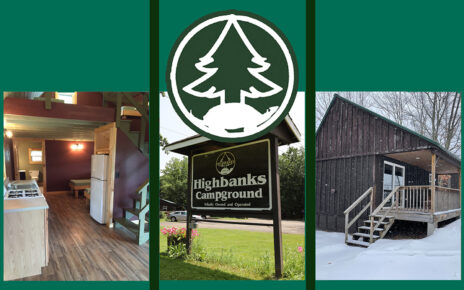Submitted by Flip White
Research shows that language revitalization is a key empowerment tool for Native American communities. The methods for creating fluent speakers of Native American languages are well-tested and effective. All involve immersing language learners in their language, whether in one-on-one master-apprentice relationships, in language-nest intergenerational settings, or in immersion preschools.
In Window Rock, Arizona, American Indian children who began school in Dine (Navajo) and learned English as a second language performed almost two grade levels above their peers who started school in English.
In Hilo, Hawai’i, children who attended Hawaiian immersion schools had a zero percent dropout rate and a much higher level of college attendance than their non-immersion-school peers.
Across the country, where Native American children know their language, they are more likely to use their education and talents to enrich their communities.
In 1990, the U.S. government recognized the harm of previous federal policies by passing the Native American Languages Act. That law established a federal policy to preserve, protect, and promote Native American rights to use, practice, and develop Native American languages.
In 2006 the Congress unanimously passed the Esther Martinez Native American Language Preservation Act; full funding of that legislation would add $10 million more to such efforts. But with 562 federally recognized tribes and many non-recognized indigenous communities with urgent language needs, much more funding is needed.
With this issue, the organization Cultural Survival is embarking on a campaign to save critically endangered Native American languages. The objective is to raise national awareness about what is at stake in a way that leads to a major expansion of the number of foundations, individuals, tribal casinos, tribal governments, corporations, and other donors who lend financial support to the revitalization efforts of tribal communities.
As Program Council Co-Chair Richard Grounds says, “Revitalizing Native American languages is the most critical issue in Indian Country today. We can wait five years for a road or a new school, but if we do not act now, our elders will pass on and our languages will be gone.”
There is a role for all supporters in this campaign: Become a language advocate. Raise the profile of the issue by talking about it with people you know. If you are a member of a tribal community, learn your language and do all you can to ensure that others learn it and use it. Author Ellen L. Lutz authored this article, our thanks and appreciation go out to her.
A quote from Agwadeyësta’ Do:gë:h’s website, “When Elders speak to others in our language, we can see and hear their happiness. When the youth speak our language, it generates a sense of joy and makes all of us happy. If using our language brings more happiness to the community, then let’s all do more of that.”
Language learning can be a lot of fun. Of course it has its’ challenges but we have to stay focused, remain positive, and encourage each other. Maybe we could all start our own little language nests in our homes. Perhaps we can ‘retire’ some of those common English phrases and vow to use Onöndowa’ga:’ Gawë:nö’ instead. For example:
Sadö’gweta? (Are you well?)
Detgye:i (I’m all right)
Hënödögwe:ta sawaji:yä’? (How is your family?)
Gajö’se:ne (I’ve come to visit) – the list is endless …
Just remember – every single word spoken is a positive step forward. Talk to those who are learning, they have set the standard for the rest of us and have quite a story to share with you. Their experiences and model will move you.
Nya:wëh for your time and consideration. Ë:sgënö’gëög (offering of peace and health)




